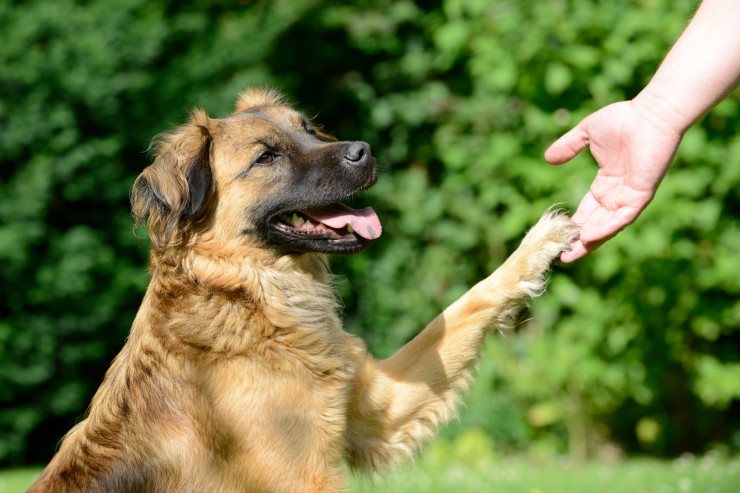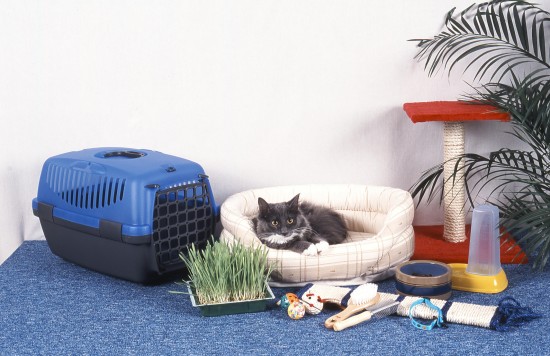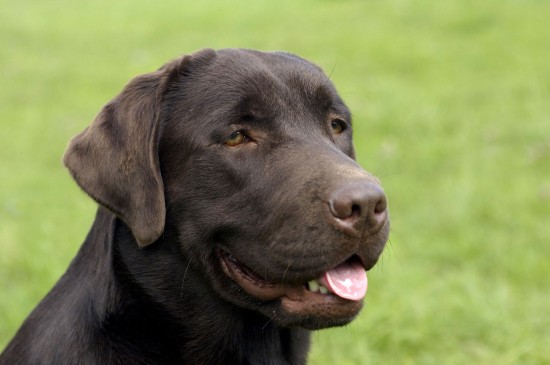

If you share you home with a loving pooch and one that cannot wait to say hello to you and the family as soon as you get home, but they recoil in terror whenever a stranger comes to the door, it can be quite stressful and frightening not only for your canine companion, but for everyone else too.
Lots of things can frighten an already nervous dog whether it's when they have to go the vet and be examined or having to deal with newcomers in the home. Some dogs get really nervous when they have to stand on a table so they can be tidied up in what should be a relaxing grooming session. Some owners find their pooches are great around strangers, but the moment anyone tries to pet them their normally kind and gentle canine companion turns into a growling fiend.
According to many behaviourists, this type of canine behaviour is a result of a dog not having received enough “positive experiences” from strangers when they were young. Puppies are extremely receptive from as early as 3 weeks old and are quick to new things up to the age of 3 months. It's during this “learning” period that puppies learn to be confident and more relaxed when they are in different situations and around people they don't know. If they missed out on this “learning period”, they tend to end up being jumpy whenever anyone they don’t know gets too close to them. But the problem does not end there because all too often, people can make an already stressful situation that much worse and usually without even realising it.
People often make the problem worse, albeit inadvertently by being too friendly around a dog they’ve never met before. The first rule of how to behave around a strange dog is to ask for permission from their owner before stroking or petting them which many people often forget to do. People move a little too quickly when they meet a new canine companion, looming over an unsuspecting dog that might already boast a fearful and nervous nature. From a dog's point of view this is a pretty frightening situation to have to cope with and one they feel they need to get away from as quickly as they can. It sometimes triggers quite aggressive behaviour even in the most placid dog simply because they find it all too threatening.
Our canine companions are fast learners and they soon realise that a growl or a low bark keeps people away from them. It's a learned behaviour that just gets worse and worse as time goes on if you don't do something about it which result is a quivering dog at the end of the lead every time a stranger comes anywhere near you.
It would be a big mistake to punish or reprimand a dog for behaving like this when they meet a stranger. All you would end up doing is convincing your pooch not to show their fear, but rather to hide it from you. However, the fear is still there hiding underneath which can lead to a dog eventually exploding and biting someone when they cannot hide their anxieties any longer. It's far better to deal with the situation calmly and quietly using positive reinforcement and rewarding your dog with a very tasty treat when they don't react aggressively to strangers.
People often don't understand why a dog might find them scary especially when all they want to do is be nice to a cute dog when they first meet them. However, you need to look at it from a dog's point of view to really understand why they might back away or even growl when you approach them. Dogs like to do things at their own pace, especially when they are nervous about anything which means you have to let them come to you rather than go to them.
It's far better to respect a dog's space than to invade it albeit with the best intentions. A nervous dog will not see the positives about the situation they will perceive the approach as a threat and react accordingly. However, you can ask people to approach your dog differently and in a less threatening manner with the first thing being to ignore them and to avoid any direct eye contact.
People who crouch down on one knee close to a dog they are meeting them for the first time stand a much better chance of things going smoothly. Being at the same level helps reassure dogs and they don't see you as such a threat. Dogs are more likely to want to get up close enough to sniff at your clothing or hand when you are not towering above them and having a tasty treat in a pocket may help speed up the process even more. However, it's best to drop the “goodie” on the ground rather than attempt to give it to them directly at first always asking an owner if you are allowed to first. The key is to avoid too much eye contact when you first meet a dog because they find this quite threatening and in doggy talk, staring is considered as being very rude!
Convincing a dog that strangers are not their enemies can take a lot of time and patience, but the effort is very worthwhile. With this said, it's really important that people you meet understand the “rules” because even the most placid and kind natured dogs may growl or back away from a stranger when they tower over them to give them a pat. A nervous dog might react quite aggressively through no fault of their own and if this is the case, then with time and gentle reinforcement training, you can convince them that not all strangers are enemies and a threat to them. One great solution is to join a dog club where your pooch will meet all sorts of people and other canine friends which goes a long way in helping to build up their confidence when they are around people they don’t know.
 Cat Food, Water, Bed And Litter Tray Locations And Considerations
Cat Food, Water,
Cat Food, Water, Bed And Litter Tray Locations And Considerations
Cat Food, Water,
 Bladder Problems In Cats
Bladder Problems
Bladder Problems In Cats
Bladder Problems
 Labrador Training - Some Helpful Tips
Labrador Training
Labrador Training - Some Helpful Tips
Labrador Training
 Reverse Sneezing In Dogs - What Is It, And What Does It Mean?
Reverse Sneezing
Reverse Sneezing In Dogs - What Is It, And What Does It Mean?
Reverse Sneezing
 Racing Pigeons – How To Get Started
Racing Pigeons –
Racing Pigeons – How To Get Started
Racing Pigeons –
Copyright © 2005-2016 Pet Information All Rights Reserved
Contact us: www162date@outlook.com